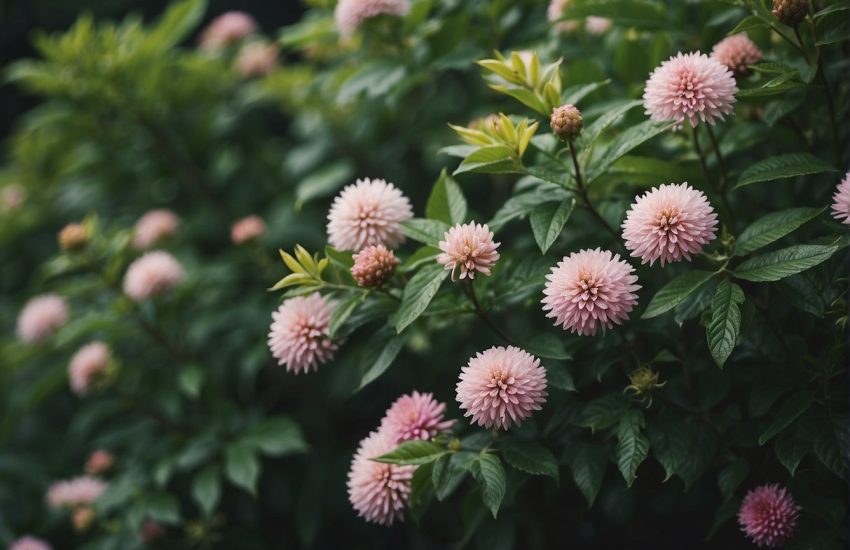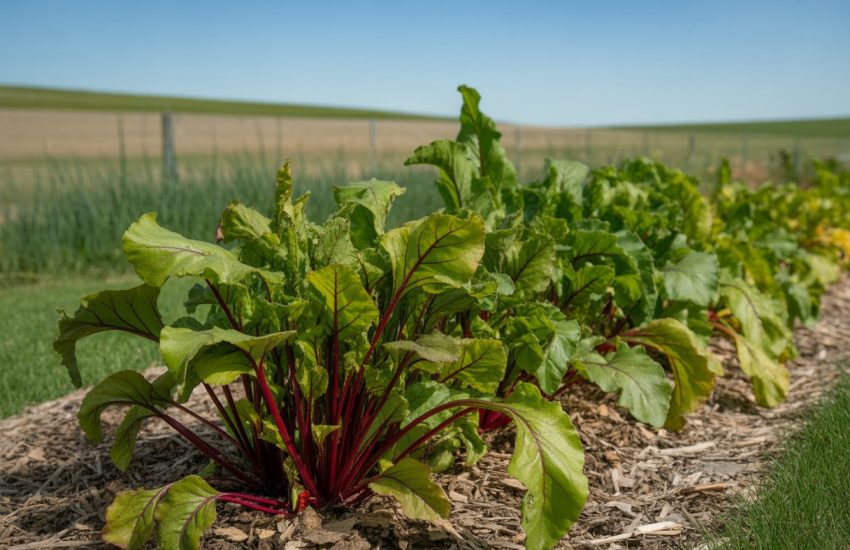Plants in Arizona Desert: A Guide to the Flora of the Arid Southwest
The Arizona desert is a unique ecosystem that is home to a wide variety of plant species. Despite the harsh climate and limited water resources, many plants have adapted to survive in this arid environment. The plants found in the Arizona desert are not only interesting to study, but also play an important role in the ecosystem.

The Arizona desert is located in the southwestern region of the United States, covering parts of Arizona, California, Nevada, New Mexico, and Utah. This region is known for its hot, dry climate, with temperatures reaching over 100 degrees Fahrenheit during the summer months. The lack of rainfall in the desert also poses a challenge for plant growth, with some areas receiving less than 10 inches of rain per year.
Despite these challenges, the Arizona desert is home to a diverse range of plant species, including cacti, succulents, shrubs, and trees. Some of the most well-known plants found in the desert include saguaro cacti, Joshua trees, and mesquite trees. Each of these plants has unique adaptations that allow them to survive in the harsh desert climate.
Diversity of Desert Flora
Arizona’s desert is home to a diverse range of flora that has adapted to the harsh conditions of the region. The native plants of the area have evolved to survive in the arid environment, and their unique characteristics make them an essential part of the ecosystem.
Cacti and Succulents
Cacti and succulents are some of the most iconic plants in the Arizona desert. The saguaro, barrel cactus, prickly pear, and organ pipe cactus are some of the most recognizable genera of cacti in the region. These plants have adapted to store water in their stems, allowing them to survive in the hot and dry conditions of the desert.
Succulents such as the agave and yucca are also common in the area. They have adapted to survive by storing water in their leaves, making them well-suited to the desert environment.
Shrubs and Trees
The creosote bush, palo verde, desert willow, and Joshua tree are some of the most common shrubs and trees in the Arizona desert. These plants are well-adapted to the hot and dry conditions of the region. The creosote bush, for example, has adapted to conserve water by reducing the size of its leaves and shedding them during periods of drought.
Wildflowers and Blooms
Despite the harsh conditions of the desert, wildflowers and blooms can be found throughout the region. The brittlebush, desert marigold, California poppy, and desert chicory are just a few of the many wildflowers that can be found in the area. These plants have adapted to the desert environment by developing deep root systems that allow them to access water stored deep in the soil.
The diversity of flora in the Arizona desert is essential to the survival of the wildlife that calls the region home. Native plants provide food and shelter for a variety of animals, from insects to larger mammals. The unique characteristics of these plants make them well-suited to the harsh conditions of the desert, and they are an essential part of the ecosystem.
Adaptations and Ecosystems

Survival Strategies
Plants in the Arizona desert have evolved unique adaptations to survive in the harsh desert climate. With little rainfall and extreme temperatures, desert plants have developed several strategies to conserve water and protect themselves from the intense sun. One common adaptation is the presence of spines or thorns instead of leaves. This allows the plant to reduce water loss through transpiration while still protecting itself from herbivores. Other plants have hairy leaves, which help to reflect sunlight and reduce water loss through transpiration.
Another important adaptation is the root system of desert plants. Many have deep taproots that allow them to reach water sources deep underground. Others have shallow, wide-spreading roots that can quickly absorb rainwater and store it for later use. Some plants even have specialized water storage structures, such as succulent leaves or stems, which allow them to survive long periods of drought.
Desert Habitats
The Arizona desert is home to a diverse range of habitats, including the Sonoran Desert, Mojave Desert, Chihuahuan Desert, and Great Basin Desert. Each of these habitats has its own unique set of plant species and adaptations. For example, the Sonoran Desert is known for its towering saguaro cacti, which can reach heights of up to 60 feet and live for over 200 years. The Mojave Desert, on the other hand, is home to the Joshua tree, a unique species that can only survive in the extreme desert climate.
Despite the harsh conditions, the Arizona desert is also home to a surprising amount of plant diversity. Grasslands, sandy areas, and rocky outcrops provide a range of microhabitats for different plant species to thrive. Many desert-adapted plants also provide important food and shelter for desert animals, such as birds, reptiles, and small mammals.
In conclusion, the plants of the Arizona desert have developed a range of unique adaptations to survive in one of the harshest environments on Earth. From spines and hairy leaves to specialized root systems and water storage structures, these plants have evolved to thrive in the desert climate. Despite the challenges, the Arizona desert is a diverse and thriving ecosystem that is home to a wide range of plant and animal species.


